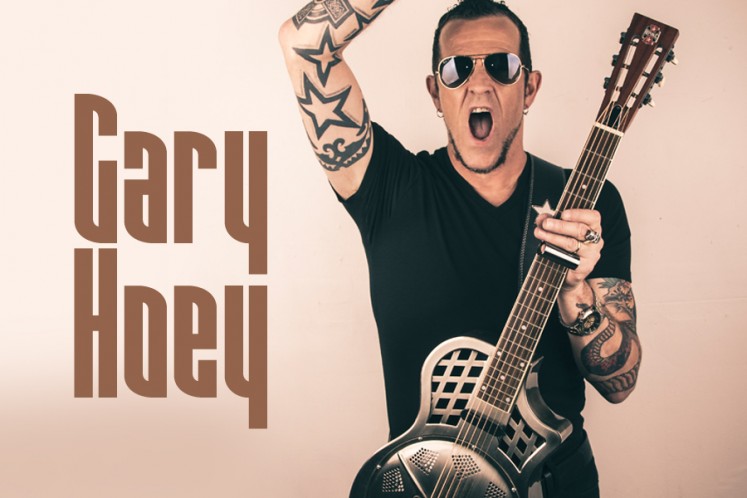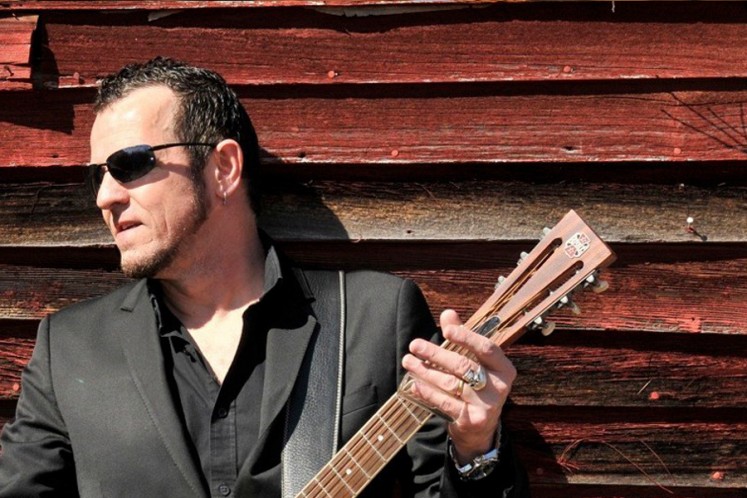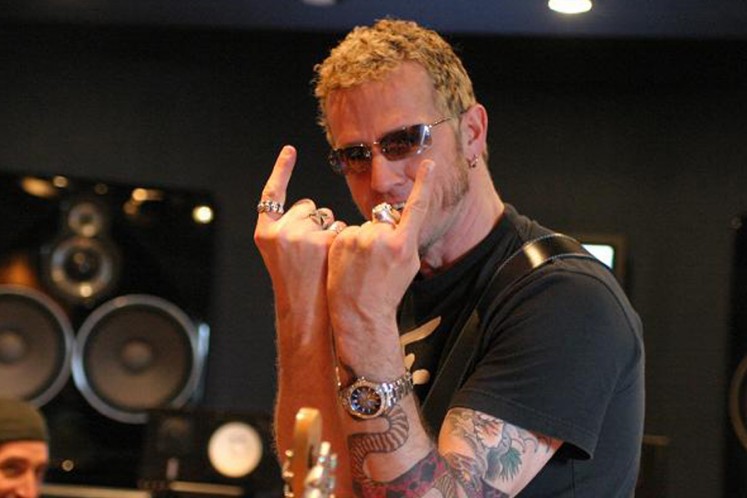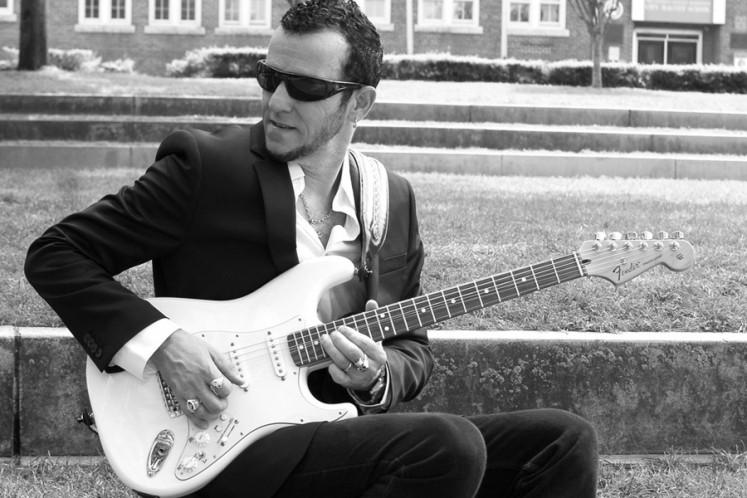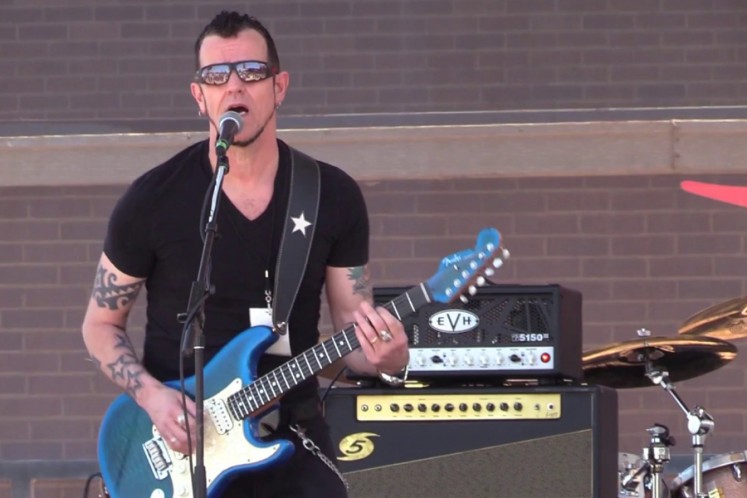Gary Hoey
Whether Hoey is playing scorching original pieces or new takes on classic rock covers, his solos are thrilling and reminiscent of Clapton and Stevie Ray Vaughan. One thing that remains the same is Hoey’s command of the guitar. He attacks it with intensity and then plays something soft and achingly beautiful. This ability to mix feeling, phrasing, technique and tone is the true mark of the master guitarist.
When Gary Hoey was 14, he hung around the prestigious Berklee College of Music, near his hometown of Lowell, Massachusetts. He made friends with students and graduates and offered to pay them for lessons. It was the only way he could afford them. “I learned how to read and write music through the back door,” he said in a 2007 interview. “It gave me some background in jazz and some theory, which helped me with my rock. It gave me things to focus on and more to practice. That was kind of how I learned.”
Hoey dropped out of high school and began playing local clubs. In the late 1980s, he auditioned for Ozzy Osbourne. It was am experience that changed his life. “Ozzy came to Boston and was on the radio, talking about looking for a guitar player,” he said. “I sent a demo and I got a call about a week later, saying they really liked it and that they’d be flying me to California. I flew out there and got to play with Ozzy. (Black) Sabbath was one of my main influences, so it was a dream come true.”
Hoey was on the short list for the job, but although he didn’t get it, he took Osbourne’s advice and moved to the West Coast. He drove cross-country with a rental truck and within five years, had a major label record deal and a manager. He went on to record more than 20 albums and is considered among the top 100 guitarists. His 2013 album, Deja Blues, brought him back to his bluesy roots and his latest work, “Neon Highway Blues,” continues the journey. It debuted at number 2 on the Billboard Blues Albums chart.
Joe Satriani, himself a guitar hero, admires Hoey’s latest work. “It’s great to hear Gary sing and play the blues with his trademark intensity, feel and authenticity,” he said, “And the guitar tones are both vintage and modern at the same time.”
